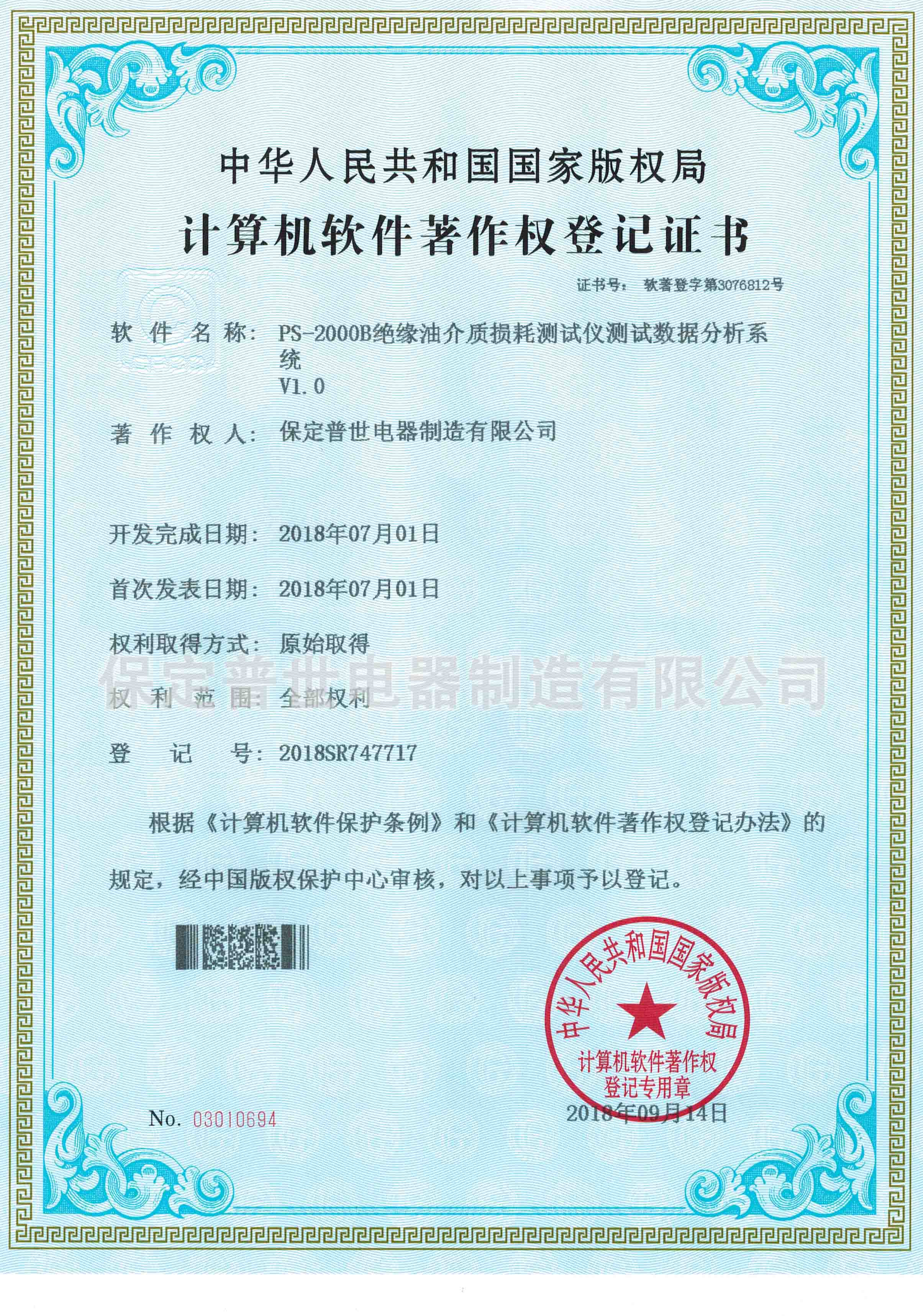 English
English


gas chromatography instrument
Understanding Gas Chromatography Instruments A Comprehensive Overview
Gas chromatography (GC) is a powerful analytical technique used to separate and analyze compounds that can be vaporized without decomposition. It is widely employed in various fields such as environmental monitoring, pharmaceuticals, food and beverage testing, and forensic analysis. At the heart of this sophisticated methodology lies the gas chromatography instrument, which consists of several critical components that work in unison to deliver accurate and reliable results.
The essential components of a gas chromatography instrument include the carrier gas supply system, injector, column, detector, and data analysis system. The carrier gas, usually an inert gas like helium or nitrogen, is crucial in transporting the sample through the system. The choice of carrier gas can affect the resolution and sensitivity of the analysis, making its selection a vital aspect of the technique.
Next, the sample injector plays a crucial role in introducing the sample into the chromatographic column. It can be manual or automatic, with modern instruments favoring automated systems for enhanced precision and repeatability. The sample is usually injected in a small volume, and its method of introduction can significantly impact the peak shape and overall analysis quality.
The chromatographic column is where the actual separation of components occurs. Typically housed in a temperature-controlled environment, the column can vary in length, diameter, and stationary phase composition, depending on the specific application and the nature of the sample. The separation mechanism is primarily based on the interaction between the sample components and the stationary phase, combined with their differing volatilities.
gas chromatography instrument

After the components have been separated in the column, they pass through a detector, which provides a means of quantifying the compounds present in the sample. There are various types of detectors used in gas chromatography, including flame ionization detectors (FID), thermal conductivity detectors (TCD), and mass spectrometers (MS). Each type has its strengths and is chosen based on the specific requirements of the analysis, such as sensitivity, range, and detection limits.
Following the detection phase, the gathered data are processed and analyzed using software that converts the signals into meaningful information. This analysis typically results in a chromatogram, a graphical representation of the detector response over time, which is used to identify and quantify the compounds in the sample. The area under each peak in the chromatogram correlates with the concentration of that particular component.
In recent years, advances in gas chromatography instruments have led to further improvements in sensitivity, resolution, and speed. Many modern instruments are equipped with sophisticated features like automated sample handling, advanced data processing capabilities, and enhanced software for method development. These innovations have made gas chromatography an indispensable tool in laboratories around the world.
In conclusion, gas chromatography instruments are complex systems that play a crucial role in the analysis of volatile compounds. Understanding their components and functionalities is essential for harnessing the full potential of this technique in various applications. As technology continues to evolve, gas chromatography will undoubtedly remain a cornerstone of analytical chemistry, driving progress in science and industry alike.
-
Differences between open cup flash point tester and closed cup flash point testerNewsOct.31,2024
-
The Reliable Load Tap ChangerNewsOct.23,2024
-
The Essential Guide to Hipot TestersNewsOct.23,2024
-
The Digital Insulation TesterNewsOct.23,2024
-
The Best Earth Loop Impedance Tester for SaleNewsOct.23,2024
-
Tan Delta Tester--The Essential Tool for Electrical Insulation TestingNewsOct.23,2024





